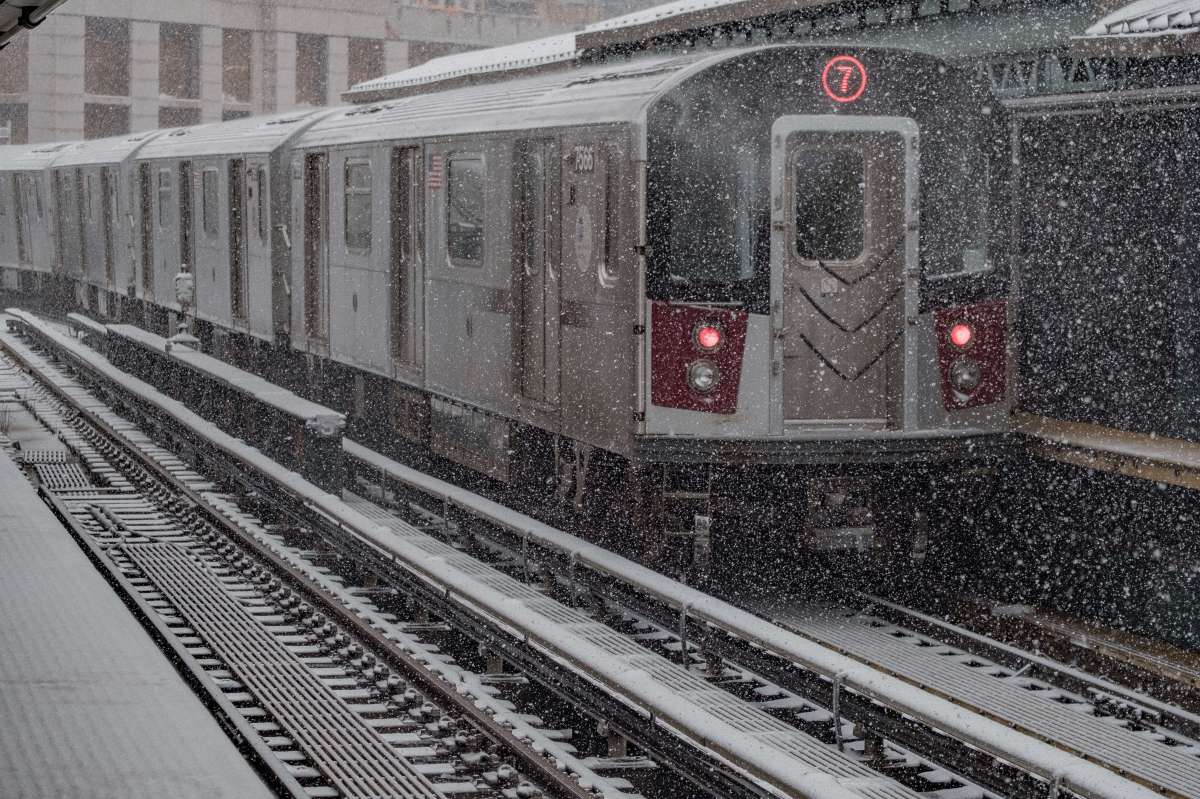Days after a mother carrying a stroller down the steps of a subway station died after taking a fall, Queens state Senator Michael Gianaris is pushing for greater accessibility through the installation of elevators, which only 25 percent of stations have, according to a study conducted by his office.
Malaysia Goodson, 22, died after descending five flights of stairs at the 7th Avenue-53rd Street station in Manhattan on Jan. 29. The Metropolitan Transportation Authority said the railings and steps were in good condition.
“It is unacceptable and embarrassing for New York to be the worst in the nation in subway accessibility. We now have a tragedy that could have been avoided if better choices were made by the MTA,” Gianaris said. “For New York to thrive, it must have an MTA for all, where everyone can access the subway system to get to work, school and around our city.”
Gianaris used statistics from the National Transit Administration to compare New York City Transit to other agencies. The PATH train and Philadelphia’s PATCO were the only systems that were less accessible. By contrast, Washington D.C.’s WMATA is 100 percent Americans with Disabilities Act compliant.
WMATA has only 91 stations compared to NYC Transit’s 472 stations along 27 train lines.
While 118 stations are accessible and 26 more already funded, the cost of renovating a station to make it ADA compliant can be heavy.
In June 2018, the MTA awarded a $17 million contract for builders to install elevators in the 86th Street Bay Ridge station and has poured up $5 billion into making stations across the system more accessible, including $1.4 billion in the 2015-19 MTA capital program.
About $479 million from the same capital program has been allocated for the replacement of 42 existing elevators and 27 escalators, according to the MTA.
However, as part of NYC Transit President Andy Byford’s Fast Forward plan, New Yorkers can expect to be no farther than two subway stops from an ADA-accessible station within the next five years and 100 percent accessibility in 15. Fast Forward may cost up to $40 billion and lawmakers are still weighting the options to raise these funds, including congestion pricing.
“This is an absolutely heartbreaking incident. While the ultimate cause of the event is being investigated by the MTA, medical examiner and the NYPD, we know how important it is to improve accessibility in our system,” an MTA spokesman said. “The Fast Forward Plan acknowledges and prioritizes this work as one of four key priorities, and aims to ensure that riders will never be more than two stops away from a station with an elevator. This will be accomplished through the addition of up to 50 elevators over the next five years.”
Councilwoman Helen Rosenthal claimed that it can cost up to $30 million on average for elevators to be installed in a station.
“There is zero doubt that we need to expedite delivery of an accessible subway, a critical commitment of the upcoming capital plan and a milestone that will be largely achieved once dedicated funding – through congestion pricing and funding from city and state partners – can be secured,” MTA President Patrick Foye said. “Over the course of five years we will ensure that no rider is further than two stations away from an accessible subway and the ultimate goal is to maximize system accessibility after 15 years.”
A preliminary investigation by the MTA of the scene where Goodson died showed that the stairs, railing, floor were in good condition and the station has two escalators, both of which go up, the agency said.































